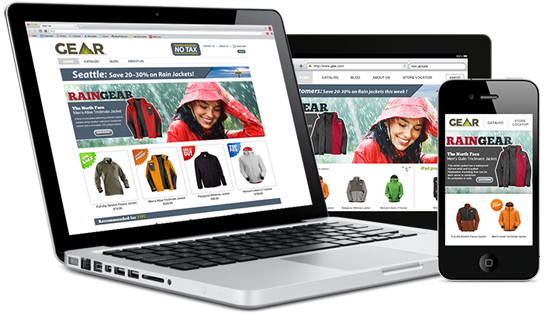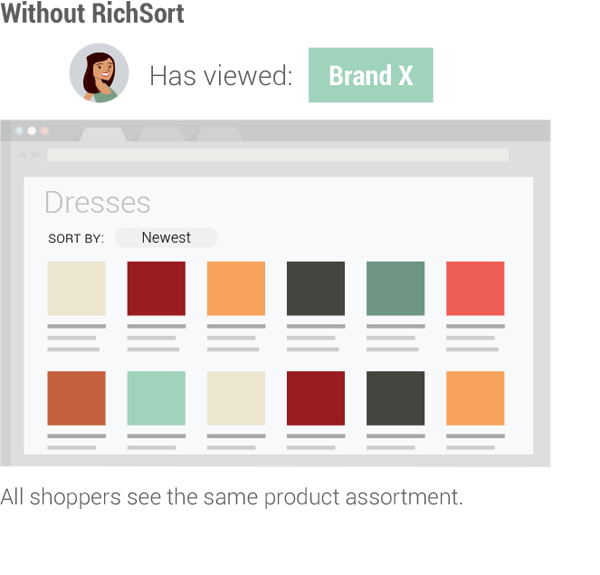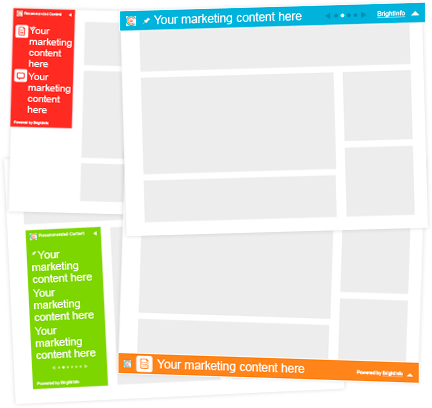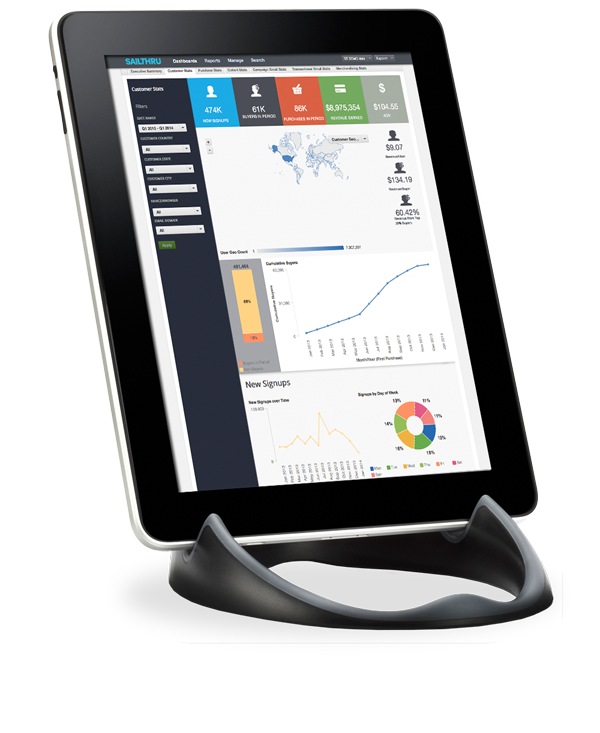6 Perfectly Polished Personalization Platforms

The right message at the right time...that's a popular idea in Web business today, but what does that really mean?
Basically, it's when content is tailored to a specific user's interests, behaviors or actions. For example, when a person buys a Jetta VW and returns to Volkswagen's website, he or she will want a website that speaks to them - content and offers that are relevant to being a current Jetta VW owner, not an auto-intender. It's safe to assume that the car buyer doesn't want leasing information, for instance, (as he or she just purchased a car), but probably does want access to warranty information, after-market upgrades, service hours, available accessories, etc., for the new Jetta.
Let's look at six perfectly polished personalization platforms that help brands speak to their customers 1:1.
Monetate
Is it raining in Seattle? Is it sunny and 75 in Los Angeles? Probably. Customers in different cities are having different experiences day in and day out. Their attitudes are likely different as too are their needs from a company. For example, our Seattle customer may need rain boots, while our LA shopper could want flip flops from the same shoe company. With Monetate's data-driven personalization, not only can the email marketing messages be tailored to people based on their current climate (the email messaging will even change at open-time if the weather changes), but also the subsequent landing pages that the shopper visits on a company's website.
Monetate also uses demographic, device and other data to provide marketers with the insights and tools they need to provide a personal and authentic website experience - all in the name of increasing conversions and brand loyalty.

HubSpot
Sometimes customers just want to go where a website knows their name. HubSpot's Content Optimization System works as a personalization platform and content manager. One of its many capabilities is the ability for marketers to give their most loyal customers a more personalized experience than the experience a first-time visitor would have. Doing so, can ensure the visitor is greeted by name and not offered promotions/products they've already used/bought or asked to fill in the same form they've already completed.

Sitecore
Customers who are just beginning their research into a product or company will want different literature than repeat customers or those ready to hit buy. Sitecore uses customers' behaviors (like what types of content they are consuming - whitepapers, product reviews, etc.) to predict what interests they may have or what phase of the buying cycle they are in. Using this predictive analysis, brands can then show relevant content to their users based on their behaviors, interests and where they are in the buying cycle. Additionally, Sitecore never stops learning (even across channels - see image). When it recognizes a pattern in a visitor's behavior, Sitecore can start to personalize the content to that pattern or shift the content if the visitors shifts and starts to resemble another pattern.

RichRelevance
A top personalization platform, RichRelevance provides retailers with the opportunity to personalize the entire buying experience. From merchandising and promotions to content and advertising, RichRelevance is as robust of a personalization solution as there is. For example, its RichSort prioritizes and presents the most relevant products to the top of a product results page, based on a shopper's past behavior, brand affinities, price caps and other preferences.

BrightInfo
By just adding a tag to a website, BrightInfo analyzes and matches each visitor's preferences to content on a website - recommending content that they actually care about. More importantly, companies don't need to create new content, BrightInfo just works on what they already have to provide users with a more personalized experience, and, of course, brands with more sales, leads and higher engagement levels.

Sailthru
From email and social to website and store locations, Sailthru works to personalize the entire customer experience, regardless of the interaction channel. This means that Sailthru is understanding each consumer's connection with a brand by combining insights like in-store purchases, cart abandonments, app usage and more to serve personalized content like product recommendations, SMS messaging, offers, sign-up forms and more.


Subscribe to Our Newsletter!
Latest in Marketing









